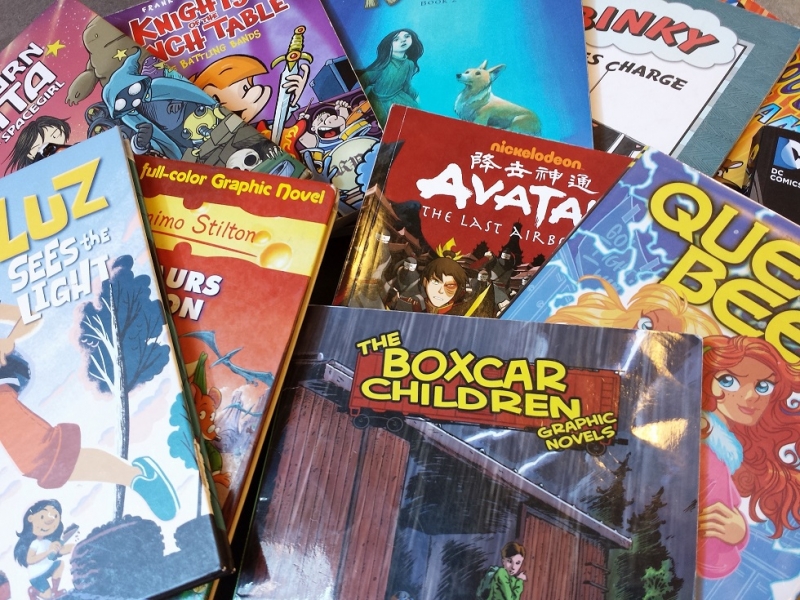
ECC “The Life of a Graphic Novel” Recap | May 25, 2016
by Orlando DosReis (Abrams Books)

The ECC held its second Continuing Education event of the year on Tuesday, April 26th—a panel titled “The Life of a Graphic Novel” that explored how graphic novels are produced from acquisitions to publication, as well as how comics and graphic novels fit in the book publishing industry today. The panel featured three graphic novel industry professionals Judith Hansen, an intellectual property lawyer and agent who specializes in comics; Gina Gagliano, Marketing and Publicity Manager for First Second Books; and Cassandra Pelham, Senior Editor at Graphix and Scholastic Press. Together, these luminaries spoke before a full house of young publishing professionals at the Children’s Book Council office in Midtown.
Judith, Gina, and Cassandra represent three key points in the graphic novel publication process, from acquisitions to editorial to marketing, and they shared with us their expertise working with this unique format. As the popularity of comics and graphic novels grows—especially with younger readers—more and more publishers have begun to invest in them. But not all publishers are alike in this regard, as Judith pointed out: some publish comics and graphic novels almost exclusively, while some have specific imprints for them. Other publishers do not separate comics from other formats, so their lists feature a mix of multiple formats. It seems that the publishers who are most successful with comics and graphic novels tend to be those who have devoted talented people who understand the comics market and audience—an audience that is distinct from a general book-buying one.
Our comics powerhouses also spoke about one crucial difference between graphic and prose novels: their production time. As Gina and Cassandra pointed out, graphic novels take a very long time to make, from approving the original script, to sketching, to inking and coloring—and, of course, lettering all of the text. The whole process can take upwards of three years to complete, and it’s not uncommon for these books to take longer. Sometimes, there is only one author who creates the whole work; other times, there can be multiple authors and illustrators, as well as colorists and letterers. For those who wish to work with comics, it’s best to understand that the process is often a time and financial investment—but a worthwhile one, too. It might take a village (and years!) to create a graphic novel, but the result can be a beautiful work that is every bit as much a visual work of art as a literary one.







